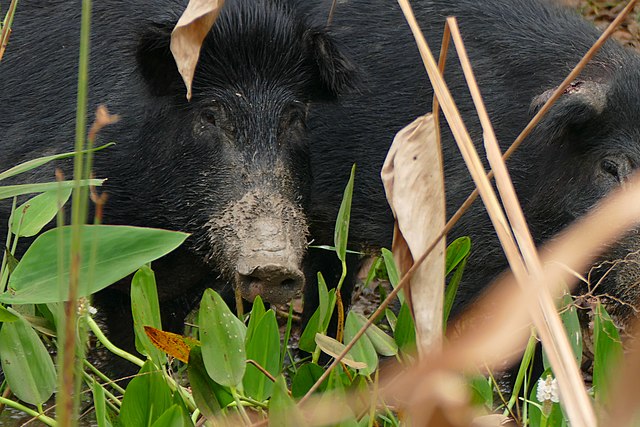Norwegian coastal cruise operator Hurtigruten has released updated plans for its Sea Zero vessel, scheduled for 2030 operation. The project integrates several innovative maritime solutions developed in collaboration with Norwegian maritime industry partners.
The vessel’s primary power source comprises a 60-megawatt-hour battery system, complemented by retractable OceanWings sails. Technical calculations indicate potential energy reduction of 40-50% compared to conventional cruise ships. The sails contribute 10% energy savings, with solar panels adding 2-3%.
“We still see significant energy savings from having retractable sails with solar panels, but this requires thorough studies, including model tests to be conducted in the coming months,” states Gerry Larsson-Fedde, Hurtigruten’s Chief Operating Officer.
The engineering team has opted for contra-rotating propellers as the main propulsion system, supported by two retractable thrusters at the stern for port maneuverability. An air lubrication system pumps bubbles beneath the hull, reducing drag by 5-10%.
The design includes advanced anti-fouling coatings and regular hull cleaning protocols. These measures, combined with modern hull architecture, aim to minimize water resistance.
“The cruising industry is a significant polluter, and it is crucial that we now take major steps to reduce emissions,” says Hedda Felin, Hurtigruten CEO.
The vessel’s design incorporates:
- Zero emissions during normal operation
- 80% reduction in nitrogen oxides (NOx)
- Cobalt-free battery technology
- Shore power connectivity
- Sustainable biofuel capability
The design implements “smart cabins” with real-time energy monitoring. Passengers can control heating and ventilation through mobile applications while tracking their energy consumption.
More Stories
“We are already testing advanced sensors in these cabins, and in the near future, we will conduct full-scale tests with guests onboard,” Larsson-Fedde explains.
The project, announced in October 2022, has progressed through various design iterations. Recent updates show a shift to OceanWings sails, already operational on the cargo ship Canopée. “As with all development projects, there will be adjustments to both the design and specifications along the way,” adds Larsson-Fedde.
Traditional cruise vessels contribute substantially to maritime pollution. Hurtigruten’s €100 million fleet upgrade program includes converting several ships to battery-hybrid power, designed to reduce CO2 emissions by 25% and NOx emissions by 80%.
As development continues in Ålesund with partner Vard, the project focuses on innovative solutions to reduce energy consumption. “The central part of the project is to reduce energy consumption. The goal is to use significantly less energy than today’s ships, which requires innovative solutions,” explains Larsson-Fedde.


















